True differentiation is challenging to achieve. Every day brings the birth of new ideas, innovations and business launches that have various impacts on the world. Some make the world more connected; others make it more intelligent, and some enhance its mobility or enable it to buzz with electricity. Then there’s II-VI Incorporated, which does all that and more.
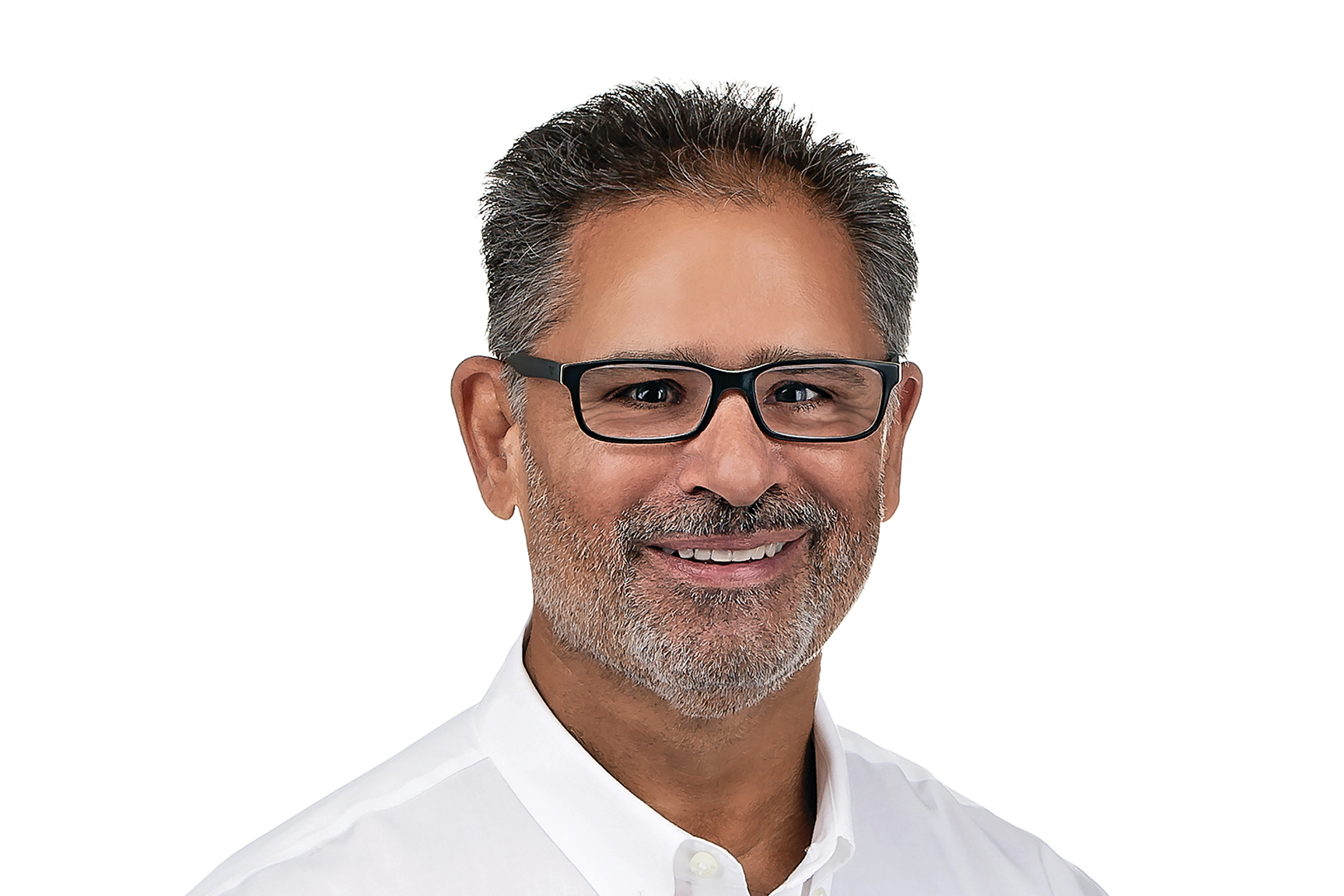
“II-VI is a leader in engineered materials and optoelectronic devices. This is so fundamental to our core competency that we adopted the tagline, ‘Materials That Matter,’” says CEO Dr Vincent D Mattera, Jr, who also goes by Chuck.
“II-VI focuses on materials that exhibit unique optical, electrical, thermal or mechanical properties. These materials take a long time to develop and typically enable multiple applications over time. That leads to technology that is hard for competitors to replicate and results in a healthy business that is driven by diversified and rapidly growing end markets, fueled by enabling products.”
At the materials level, II-VI moves up the value chain in applications where it can differentiate its products. This happens by either combining complementary technologies in its portfolio, leveraging its special intellectual property or leaning on its strong customer relationships.
Then the company markets at various levels of the value chain, including materials, components and subsystems. It focuses on making the lower levels of the value chain profitable to serve the whole market, including its competitors.
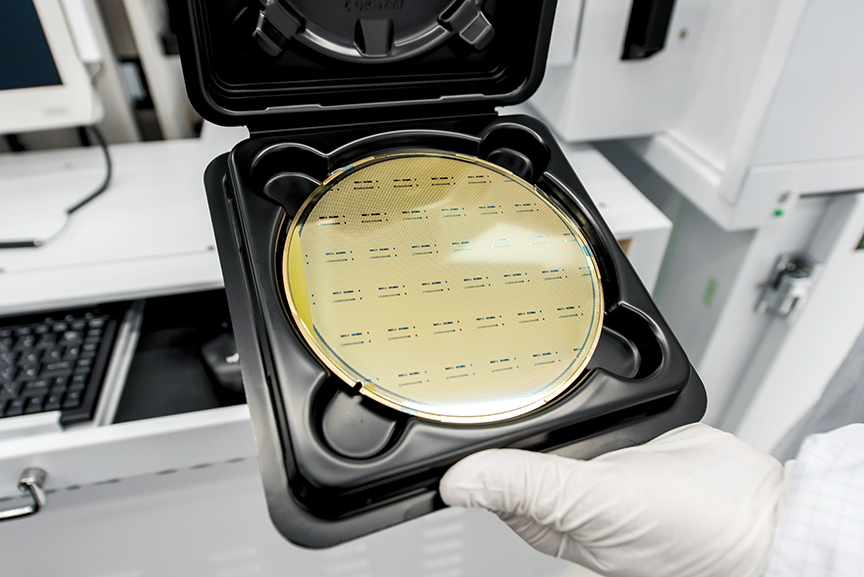
“By enabling competitors at the higher levels of the value chain, II-VI benefits from economies of scale, ensuring that customers get the best value, which in turn diminishes their desire to vertically integrate downward,” Chuck explains to The CEO Magazine. “This element of our strategy prioritizes profitability over revenue.”
The business
II-VI Incorporated was co-founded in 1971 by Dr Carl J Johnson, the company’s first CEO. Headquartered in Saxonburg, Pennsylvania, the high-tech company has research and development, manufacturing, sales, service and distribution facilities worldwide.
Whether developed or acquired, technology platforms that enable multiple applications in multiple end markets are a key ingredient of our success.
While its portfolio consists of innovative products, which can be used for a multitude of applications in the industrial, optical communications, aerospace and defense, life sciences, semiconductor capital equipment and consumer markets, Chuck says optical communications is where the bulk of its business now lies.
“Today, about two-thirds of our business is in optical communications – about half address telecom and the other half datacom. That business is driven by 5G and cloud computing,” he says.
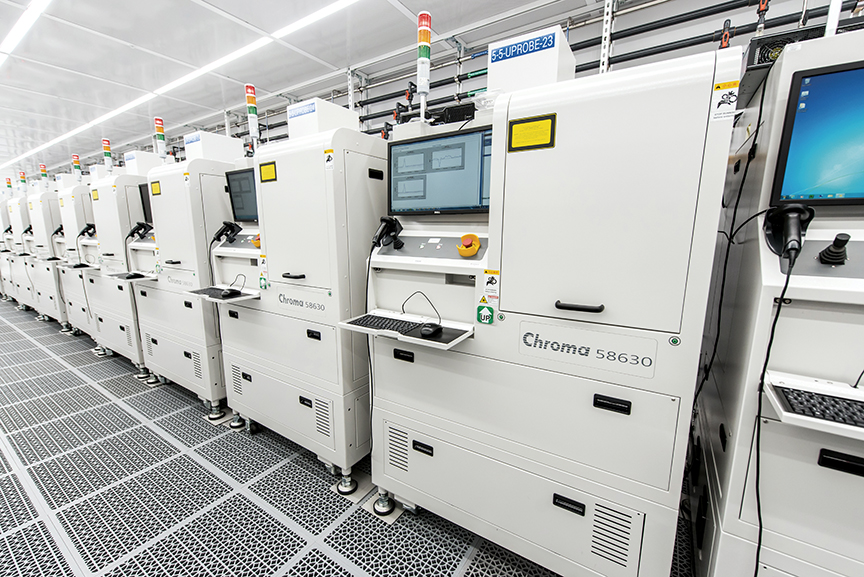
“II-VI offers a full portfolio of semiconductor lasers, optics and electronics for communications networks and large data centers in the cloud that underpin the fabric of the internet. Telecom networks span the globe with terrestrial and undersea fiber-optic links that provide high-speed connectivity to deliver wireless and wireline broadband services from large data centers in the cloud. These services consume a lot of bandwidth for things like video content delivery and gaming applications.”
As time goes on, augmented reality, the Internet of Things, telemedicine and autonomous cars will demand more bandwidth and faster response times, and the build-out of optical networks and massive upgrades in existing networks to facilitate a higherspeed transmission will not only be necessary but vital, Chuck says.
And with the coronavirus pandemic, the business world and everyday people have turned to the internet to keep connected. Whether it’s Zoom meetings, livestream events, an online HIIT class or cooking tutorial for date night, the world is relying on the internet now more than ever before.
“While COVID-19 is impacting many businesses, companies like ours with relatively large exposure to communications are still performing well simply because consumers are spending more time online at home while working, learning and entertaining themselves. It’s also because we are accelerating the digital transformation,” Chuck says.
The rapidly emerging 3D-sensing applications, which enable facial biometrics in smartphones using semiconductor lasers, is another trend the company is highly involved with.
“II-VI has shipped hundreds of millions of 2D laser arrays for 3D sensing in mobile phones for more than two years, and we expect business to accelerate with the advent of augmented reality.
We believe this technology will have many more applications, which will require semiconductor lasers to be world-facing in a number of consumer devices such as smartphones, tablets and smart glasses.
“These world-facing lasers will act like sensors, scanning the environment and digitally re-creating the scene in three dimensions in order to augment it with information from the cloud. This illustrates the convergence of communications, computing and sensing. In order to be effective, the seamless superposition of cloud information on the surrounding scene must appear to the user to be instantaneous. This will drive universal demand for low latency in the network, which is one of the important use cases for 5G.”
Another megatrend that II-VI is enabling is the convergence of electrification and renewable energy, both of which Chuck says are essential to the long-term strategy of many governments to reduce their dependencies on fossil fuels and lower greenhouse gas emissions.
“What is less known is that electrification and renewable energy are more efficient with power electronics made with silicon carbide (SiC),” he shares. “The efficiency of power electronics made with SiC benefits electric vehicles by enabling a reduction in size, weight and power consumption, as well as greater driving range on a single charge compared with power electronics made from conventional silicon devices.
“Solar panels and windmills also benefit from the efficiency of SiC-based power electronics that regulate the electricity delivered to the electric grid. II-VI began working on the development of crystalline SiC in the late 1990s and is today, after two decades of innovation, one of the few merchant suppliers of SiC substrates for power electronics with industryleading substrate diameters. Today, SiC represents less than 5% of our revenue, but the demand is growing rapidly. In the next five years, we expect to scale our capacity by five to 10 times.”
Challenge to success
However, as COVID-19 has shown, it’s impossible to know what lies ahead. For Chuck, this poses the biggest challenge. “Nobody has a crystal ball,” he says.
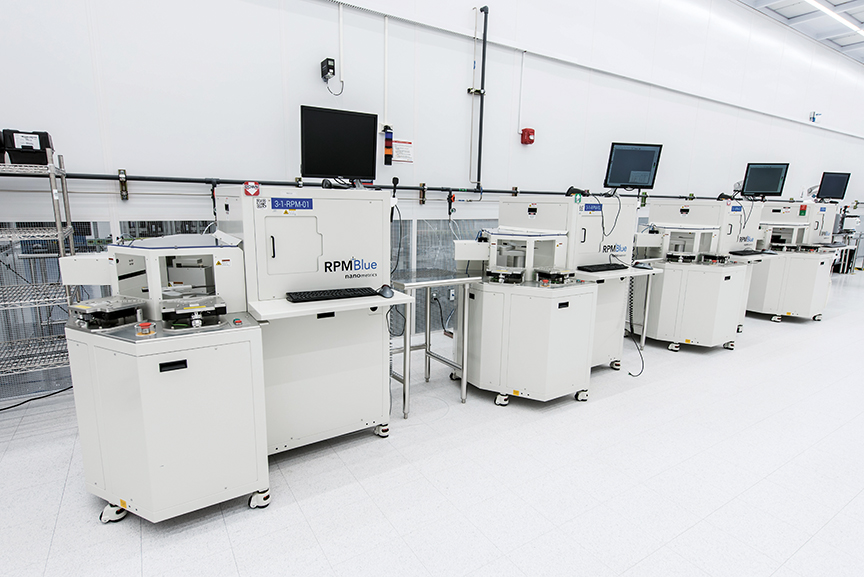
“We have privileged access to information from key customers with whom we have built a very close relationship with over the years. But markets change, and they can change abruptly. So forecasting is a challenge and being able to cost-effectively and quickly scale the capacity commensurate with demand is another. That blocking and tackling is occurring all the time.”
In addition to the dynamic nature of the business, the pandemic has created an extra layer of pressure to its day-to-day workings. The company has more than 22,000 employees in more than 70 locations in 18 countries, so keeping on top of the crisis and prioritizing what matters most has been crucial.
What’s in a name?
II-VI Incorporated got its name from the Roman numerals ‘II-VI’, which refer to group II and group VI of the periodic table. By chemically combining elements from these groups, II-VI produced the infrared optical crystalline compounds cadmium telluride, zinc selenide, zinc sulfide and zinc sulfide multispectral. These compounds, along with others from group II and group VI elements, are commonly referred to as ‘II-VI materials’. The company’s Co-Founder, Dr Carl J Johnson, paid tribute to this heritage by naming the new business II-VI Incorporated.
“We expect COVID-19 will continue to appropriately occupy a lot of our time,” Chuck says. “Since the beginning, we identified our top three priorities of assuring the safety, security and wellbeing of our employees; ensuring the protection, continuity, sound operations and value of our business, and its opportunity to continue to grow; and complying fully with the government orders issued in response to the pandemic. Our global emergency response and business continuity planning teams executed precisely on our priorities and continue to work hard every day to maintain this high standard of excellence.”
II-VI is also heavily invested in the China market, so the escalating trade tensions between the US and China are a point of concern. “Our footprint in China is substantial and has become a vital part of the fabric of our company,” Chuck stresses.
“More than half of our employees live there. Pre-COVID, I traveled there very often – well over 100 times in the past 10 years. It’s been a highlight of my career. While we aren’t able to anticipate how the trade negotiation will settle or whether it will become a bigger issue than what it is today, to a large extent, we haven’t really been affected by it until now.”
With all the challenges the company faces that are beyond its control, it’s been more important than ever to place focus on what it can control – clever investments and diversification of its portfolio.
“We invest early in the development of engineered materials based on our convictions of their long-term potential,” Chuck says. “We understand it takes a lot of time to organically develop the body of knowledge necessary to establish a disruptive technology platform that enables differentiated products and economies of scale as the demand grows.
Conversely, we acquire technology platforms when a near-term window of opportunity requires us to or in order to seize an opportunity to acquire a technology platform with great potential, even if that can sometimes be counterintuitive to the casual observer.
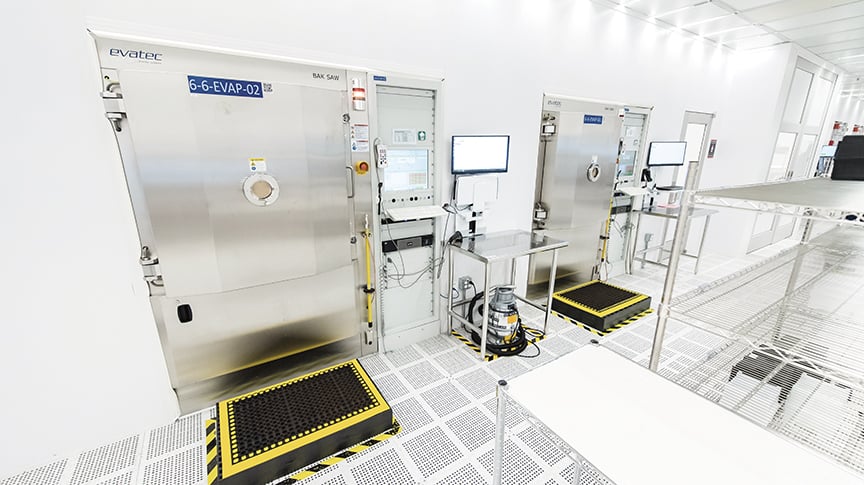
“Whether developed or acquired, technology platforms that enable multiple applications in multiple end markets are a key ingredient of our success. For example, our SiC technology platform has applications in 5G wireless base stations and power electronics in electric cars, electric trains, renewable energy and industrial motor drives. Our indium phosphide technology platform, which recently became part of our portfolio from the acquisition of Finisar, is deployed in various optical communications applications, including data centers, wireless infrastructure and telecom networks. It also has great potential in LiDAR for the automotive market.”
Leading expertise
Chuck has been in the industry for nearly four decades – 20 years at the world-famous AT&T Bell Laboratories and roughly 20 years at II-VI. In that time, he’s witnessed significant change and credits those who have gone before him for paving the way, allowing him the opportunity to work in an exciting field, and doing what he loves.
“It’s important to acknowledge the pioneers in photonics and compound semiconductors who have made incredible advances, especially in the past 60 years with the invention of the laser and subsequently the semiconductor laser,” he shares.
“I bear witness that all progress depends on unreasonable people who are blessed with the vision, perseverance and resilience to advance our knowledge and change the world. During that time, supply chains have been reordered in response to market opportunities or threats. It’s fascinating how much investment and reordering of the industry has happened in the past five years alone.”
Our ability to anticipate what customers need from us and to have it ready before they need it … is among the most exciting challenges.
It’s also fascinating the sheer amount of wisdom and lessons learned he’s picked up along the way. And while Chuck has taken part in a number of successful teams and products throughout his career, he admits it hasn’t all been smooth sailing.
“The most important and valuable breakthrough projects didn’t come about without missteps and mistakes along the way,” he shares.
“These were a result of a lack of fundamental knowledge of the interactions of materials and devices, lack of process and device models that relate yields and reliability, the traps of human bias, lack of attention to the profound base and pace of published literature, unaided judgment and the overconfidence that can result.
“Importantly, I reflect on the potential corruptible power of group thinking, and the temptation and danger that I and others have observed in the evolution of our industry – for incumbents to play down the consequences of large, irreversible megatrends. I have great interest in learning from such insights, and they gradually prepared me over a protracted length of time for my current role as CEO, as have all my teachers and mentors.”
These lessons came in especially handy with the company’s most recent acquisition of Finisar. Chuck says some investors were initially concerned that the company had never done an acquisition that big before – one that would double the number of employees, making II-VI a mid-cap enterprise. But he and the leadership team and board were confident in the decision, as not only did they have a plan in place, but they also had a plan B and C too, just in case.
“We reflect long and hard ahead of time about our strategic alternatives so that we can act quickly when it’s time to decide if we need to make a change. If things don’t vector the way we intend them to, we pivot without hesitation,” he explains.
“For us, it’s axiomatic – strategy equals decide.” When it comes to innovation, II-VI is just as prepared, if not even more so. An innovation strategy sees it investing in technology platforms based on their future potential – easily positioning the company at the forefront of the industry.
“Sometimes, we invest long before we are certain of their intended applications because, by the time the commercial opportunities arise, it’s usually too late to begin their development,” Chuck explains.
“Our strategic plan calls for us to leverage our broad innovation and technology advantages that, along with our unique insights into market shifts, will drive significant long-term value creation.” And the company has a lot of innovations in the pipeline – some of which, Chuck says, will surprise even those who think they know II-VI well.
“Our ability to innovate is the most exciting thing,” he beams. “Our ability to anticipate what customers need from us and to have it ready before they need it – or even before they know they need it – is among the most exciting challenges.”
Next year II-VI will be celebrating its 50th anniversary. Looking back on its previous 50-year success, Chuck couldn’t be more excited for what comes next. “Today, we have thousands of customers and as many reasons as to why we are optimistic about the future,” he shares.
“II-VI is on a trajectory to fulfill our broad objective of enabling the change that the world is experiencing today – becoming more connected, intelligent, mobile and electric. While we’ll be reflecting on our remarkable growth trajectory over the past 50 years, our gaze will already be on the next 50 years and our next generation of leaders who will carry forward our vision of a world transformed through innovative materials vital to a better life today and the sustainability of future generations.”


